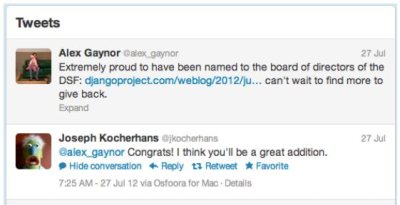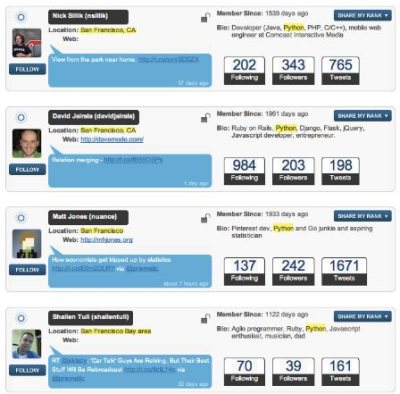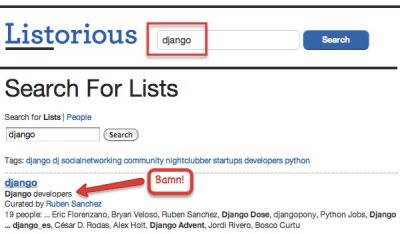How to Source Talent on Twitter

Twitter is a platform where users publish Tweets, 140 character-long messages, to broadcast to a network of followers about what they are currently doing and interested in. The micro-blogging site is the eighth most popular site in the world according to Alexa traffic ranking and is the third most popular search engine trailing close behind Google and Youtube. If this still doesn’t convince you, read on.
“But is Twitter Professionally Relevant?”

Certainly! People reveal so much information about who they are and what they do through the messages they send, the tweets they favorite, the hashtags they use, and the people they connect with.
What does your own Twitter profile say about you? What kind of people are you connected with?
People are spending more time on Twitter at work than any other social network. It is an easy platform to communicate your interests and share useful content for many professional communities. Not to mention, many professional communities have no place on LinkedIn, and Twitter acts as a best substitute for professional social interaction. Think software engineers, nurses, scientists, etc. Ultimately, Twitter is a convenient place to share mutual interests with communities of like-minded followers. If you know what you’re looking for and how to find it, Twitter can be a goldmine for recruiters.
“You mean I can hire for Java Developers on Twitter?” Heck yes you can! But first you must understand how to navigate Twitter. Fortunately, there are many ways to search Twitter’s content, including non-affiliated sites that simplify the process. Let’s walk through our search and Twitter sourcing options together.
Searching within Twitter.com
Twitter itself offers a basic and advanced search that should suffice for the average user. This interface offers the capability to search for tweets by keyword, or hashtag. Hashtags are a great source to find engaged users on a particular topic, a hashtag can appear in any part of the message and clicking the hashtag will show you other Tweets with the same hashtag… nifty huh?

Google Search With Boolean Strings

site:twitter.com bio: *python -intitle:python -inurl:status
1. To search within Twitter type: “Site:Twitter.com”
2. To Search for “python” within a user’s Bio: “Bio: *python”
3. To get rid of irrelevant results: “-intitle:python”
4. To get rid of user status updates: “-inurl:status”
Searching with LocaFollow

Exciting. These top four results look like python engineers in the bay area. I can see just from the information pulled from the user bios.
Searching With Listorious

Here we found a list that Ruben Shanchez has created that organizes his friends into a list called “django”. Unfortunately, Listorious only has a select number of Twitter users and does not have full access to every user profile on Twitter and you may not find as many users as you could in other search methods.
However, Twitter is a social network. Use the prospective candidates that you have already found to connect with other prospective candidates. If you have found a Java Developer, you have likely found a good network full of other java developers.
How to Browse Through Twitter Networks

Next we scroll over to look at his public lists he has created or is a member of. By golly! we have found a goldmine here- one list of 495 Cocoa Devs, and two lists of 359 Ruby Devs.
Qualify: How to qualify people on the source? That is, what are the gestures associated with the person that I can consume in order to understand that they are worth my outreach? Get a full picture of someone:
- Bio
- Look at tweets
- Look at lists they follow
- Look at tweets they’ve Favorited
- Look at lists they’re a member of.
- Look at their personal website that they link to.
Outreach: How do I reach out to the person in question? What are the messaging vectors that are available for the person? (Can I pivot out?)
- Tweet them! Engage them. Have a conversation. Follow them so you can pay attention to what they pay attention to, and maintain this relationship with them over time.
- Find Contact info from their personal site.
- Google them.
- And use TalentBin to access their other online profiles
Conclusion: Twitter is awesome. Find great, often untapped talent, connect with networks of potential candidates, and develop more significant relationships by tweeting with people. Twitter is only one of the many online sources of candidate information, so don’t expect to find everything that you are looking for conveniently in a Twitter bio. Twitter is one the best, but sometimes also most disregarded resources for the proactive search methods that quality sourcing demands.

